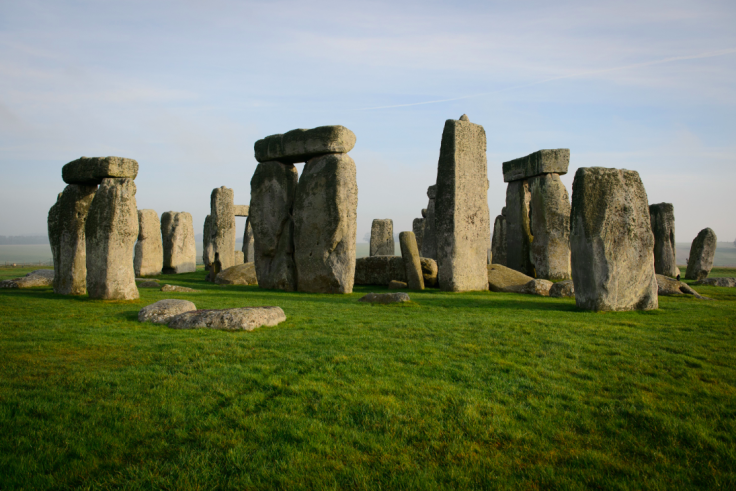Archaeologists Discover Ring Of New Neolithic Structures Near Stonehenge
KEY POINTS
- Archaeologists discovered new Neolithic structures near Stonehenge
- The shafts were found beneath a massive monument known as super henge
- The latest discovery could help uncover the mystery surrounding Stonehenge
A team of archaeologists has unearthed a new ring of Neolithic structures near the famous Stonehenge monument in England. The new structures were discovered beneath a nearby monument known as the super henge.
The super henge, located at Durrington Walls, lies just about two miles away from Stonehenge. It got its name due to its size, which is 15 times bigger than Stonehenge.
Recently, a team of archaeologists came across new structures hidden beneath super henge. According to the experts, the Neolithic structures formed a massive ring that’s about 1.2 miles wide. The shafts are about 32.8 feet wide and 16.4 feet deep. The archaeologists carbon-dated the mysterious structures to 2,500 B.C.
In total, the archaeologists discovered 20 Neolithic shafts. However, they believed that there could be over 30 hidden beneath the ground.
The discovery was made through the efforts of the Stonehenge Hidden Landscape Project. According to Vince Gaffney of the University of Bradford, who is one of the archaeologists who participated in the project, the Neolithic shafts were spotted through geological surveys.
“When these pits were first noted, it was thought they might be natural features – solution hollows in the chalk,” he explained in a statement. “Only when the larger picture emerged, through the geophysical surveys undertaken as part of the Stonehenge Hidden Landscape Project, could we join the dots and see there was a pattern on a massive scale.”
According to the archaeologists, the latest discovery would help in solving the mystery surrounding the general nature and purpose of Stonehenge and the super henge, which have been the center of various conspiracy theories.
Through follow-up geological mappings and excavations in the region, the archaeologists are hoping to learn more about the ancient monuments and the individuals who built them.
“As the place where the builders of Stonehenge lived and feasted Durrington Walls is key to unlocking the story of the wider Stonehenge landscape, and this astonishing discovery offers us new insights into the lives and beliefs of our Neolithic ancestors,” National Trust archaeologist Nick Snashall of the Stonehenge and Avebury World Heritage Site said in a statement.
The findings of the archaeologists regarding their latest discovery were presented in a new study published in the online journal Internet Archaeology.

© Copyright IBTimes 2024. All rights reserved.





















